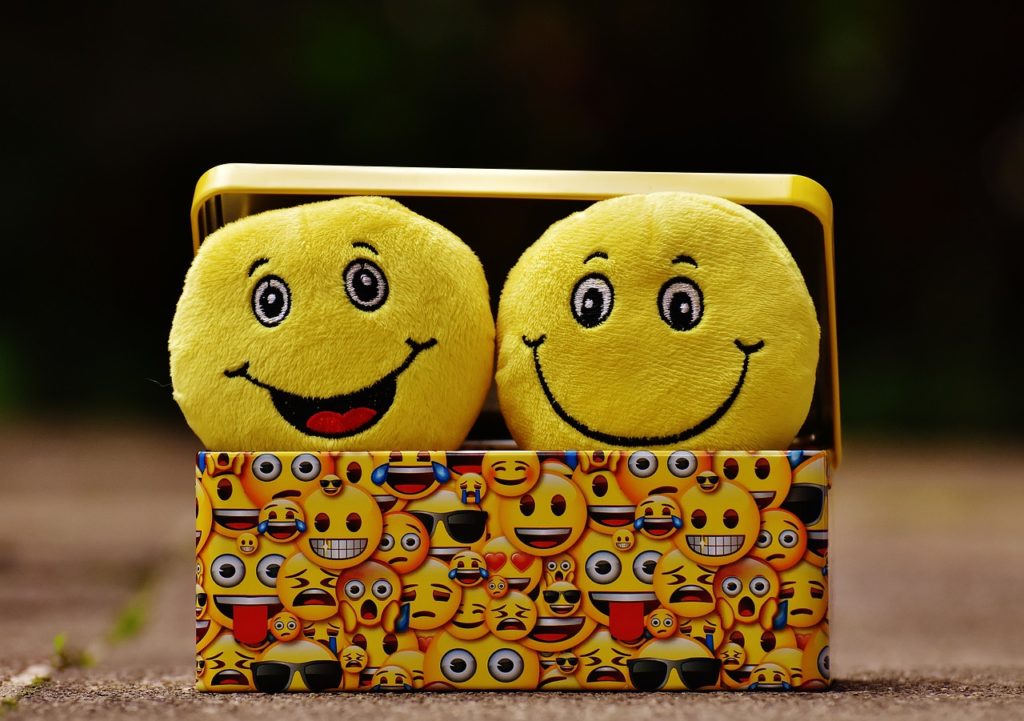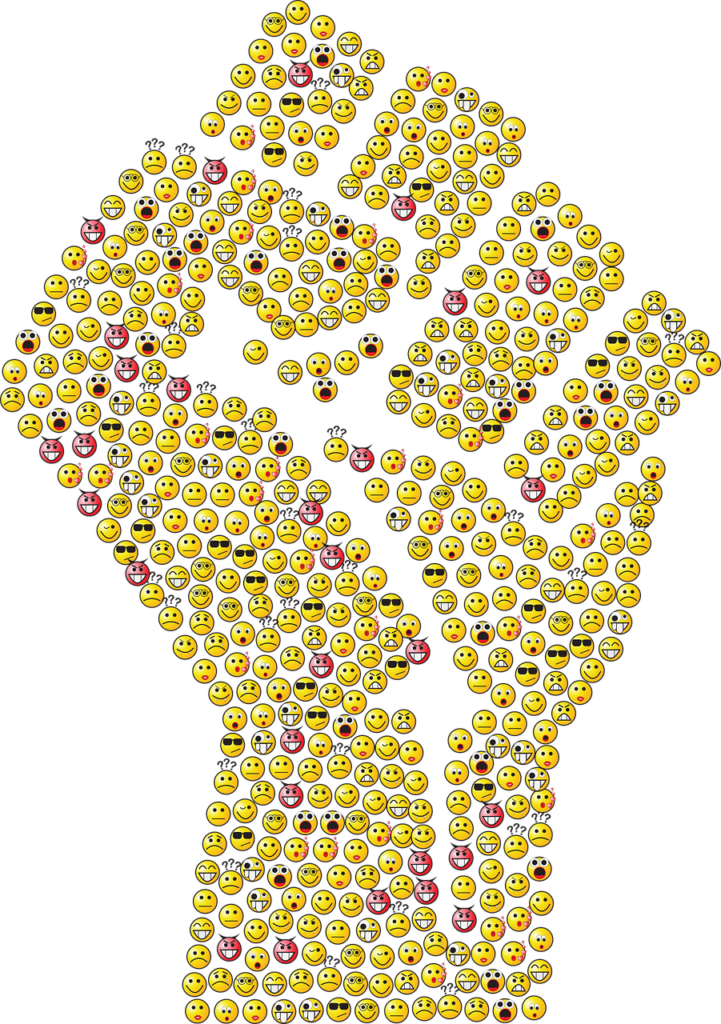If a picture is worth a thousand words, emojis must be worth at least that much. Crazy and colorful, these iconic little images, wildly popular on social networks and in text messages, have rapidly become a beloved way to add a little extra zip to basic digital communication. Read on for nine awesome facts about these fun and funky little “characters.”
-
They’ve been around longer than you think.
If you think emojis are a recent creation, think again. They’ve actually existed since 1999—almost 20 years ago, which is ancient in technology years—but it wasn’t until 2012 that they caught on with the general public. Why 2012? In that year, Apple released iOS 6, which, among its many other features, boasted an emoji keyboard that users could activate when sending texts and posting to social media. The public went crazy for these fun smiley faces and other icons, and texting has never been the same since.

-
There’s a way to find out how many emojis are being used on Twitter in real time.
If you want to find out how many other people around the world are tweeting a broken heart emoji at the same time as you, you can. Billing itself as “an experiment in real-time visualization,” a tool called Emoji Tracker displays a list of popular emojis alongside a number count that constantly updates as Twitter users tweet each emoji. The tool pulls the emoji usage information right from Twitter itself, which means that the increasing number counts for each emoji are a direct reflection of what’s happening in real time.
-
“Emoji” became an official word in 2013.
The rapid pace at which technology is changing means that new words are being added to our general vocabulary all the time. But while some slang terms don’t stick around for long, you know that a tech trend is truly here to stay when words associated with it are added to Oxford Dictionaries. “Emoji” was granted official status as an entry in Oxford Dictionaries in August 2013.
-
Emojis are the hot new trend in tattoo art.
Tattoo art has long drawn inspiration from the world of digital popular culture, so it shouldn’t come as a surprise to learn that emojis are the hot new thing when it comes to getting yourself inked. Emoji tattoos have been spotted on a variety of celebrities, from singer Miley Cyrus to pro basketball player Mike Scott.
-
New emojis launch regularly.
The number (and variety) of available emojis has exploded since they first became popular in 2012, and new emojis are being added all the time. In 2017 alone, the Unicode Consortium finalized 69 new icons, including a vampire, a mermaid, and a genie. And while many emojis are purely for fun, some also have a broader social purpose. For example, Apple recently proposed 13 new emojis aimed at improving the representation of people with disabilities. Among these inclusive new emojis are an ear with a hearing aid, a guide dog, and several images of people in different wheelchairs.

-
Oxford Dictionaries Word of the Year 2015 was an emoji.
For the first time, Oxford chose an emoji as its annual Word of the Year in 2015. Citing the “face with tears of joy” emoji as the embodiment of our modern “walls down world.” In fact, according to Emoji Tracker, the “face with tears of joy” is the emoji that people on Twitter use most frequently. Runners-up for most popular emoji are, in order, the red heart, the “face with hearts for eyes”, and pink hearts.
-
Our emoji obsession has been captured in a mini-documentary.
Inspired by the work of Sir David Attenborough, the British naturalist famous for his narration of the wildly popular Planet Earth and Blue Planet nature documentary series, the creative website dissolve.com put together a hilarious documentary all about the growing role that emojis play in our society. (In keeping with the bite-sized stature of the little icons it features, the documentary itself is just two minutes long.)
-
Twitter’s web version was slow to add emoji support.
Twitter users have always loved using emojis on their mobile devices, but it wasn’t until April 2014 that Twitter at last released emoji support on its web platform. Before this, if you visited Twitter on a laptop or desktop, you’d just see blank boxes instead of emoji icons. Interestingly, even though emoji support is now enabled, the emojis you see and type on Twitter’s web version are slightly different than those used on mobile.
-
At one time, you could turn a selfie into an emoji.
If you’ve ever wanted to turn yourself into an emoji, you had the chance to a few years ago with the now-defunct app Imoji. To turn a selfie (or any photo) into a sticker emoji, all you had to do was choose a photo and use your finger to trace around the section you wanted to make into a textable sticker image. Imoji was a very popular app while it lasted, but, unfortunately, it is no longer available.

